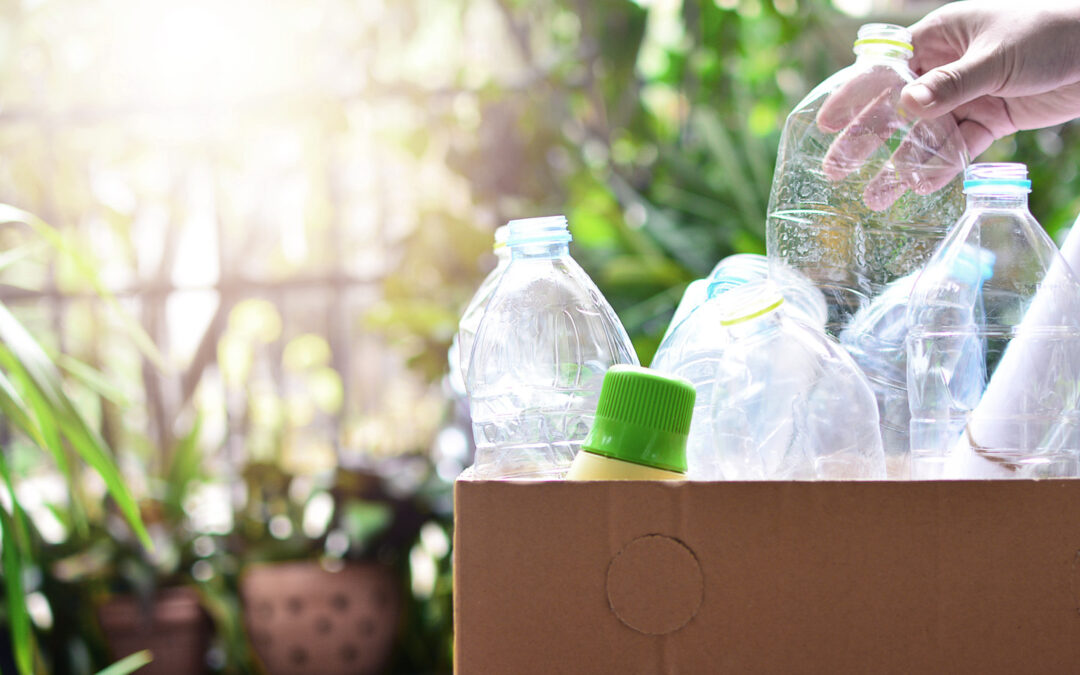Sugar cane, Oceanix PE and PP, Post consumer recycled (PCR) PET, PE and PP. It may sound complicated, but it’s quite simple; if the contents are easy on people and the environment, so should the packaging be. Hence this ultra-short tour of our sustainable packaging.
The world’s oceans are overflowing with plastic waste, which has grave consequences for animals, people and the environment. The worldwide problem is on everyone’s lips, alongside with huge developments in sustainable packaging.
At Nopa Nordic, we are constantly working to make our products as good on people and the environment as possible. That’s why we naturally also care about the packaging we use. Things have to fit together.
For example, we use packaging made from sugar cane. The sugar cane is harvested in Brazil, turned into bottles and used for dishwashing detergents, cleaning products and laundry detergents, among other things. In 2017, we launched the first 100% sugar cane bottle.
PCR-PET is one of our other packaging types, which is household plastic collected from consumers and converted into bottles. The bottles are used for dishwashing detergents, cleaning products and laundry detergents, etc. In 2014, we launched the first 100% recycled PCR-PET bottle.
Oceanix PE and PP is the third type of packaging we use, produced by a company in Lemvig that recycles fishing nets, trawls and ropes from the fishing industry. The end products are bottles in many different colours, which we use for a wide range of liquid products.
In addition, we use bottles made from PCR-PE and PP from household plastics collected in the Netherlands, Belgium and Germany. All processed by specialists in the field, helping to ensure that you, the consumer, get your household, cleaning, dishwashing, laundry or personal care products packaged in a sustainable way.
At Nopa Nordic, we are always looking into new opportunities and have a development department that works at full speed to ensure that we are always ahead or the latest and most sustainable in packaging.
If you have any doubts about whether the product you are holding in your hands is the best for you, your family and the environment – look at the label for one or more of the official eco-labels.

